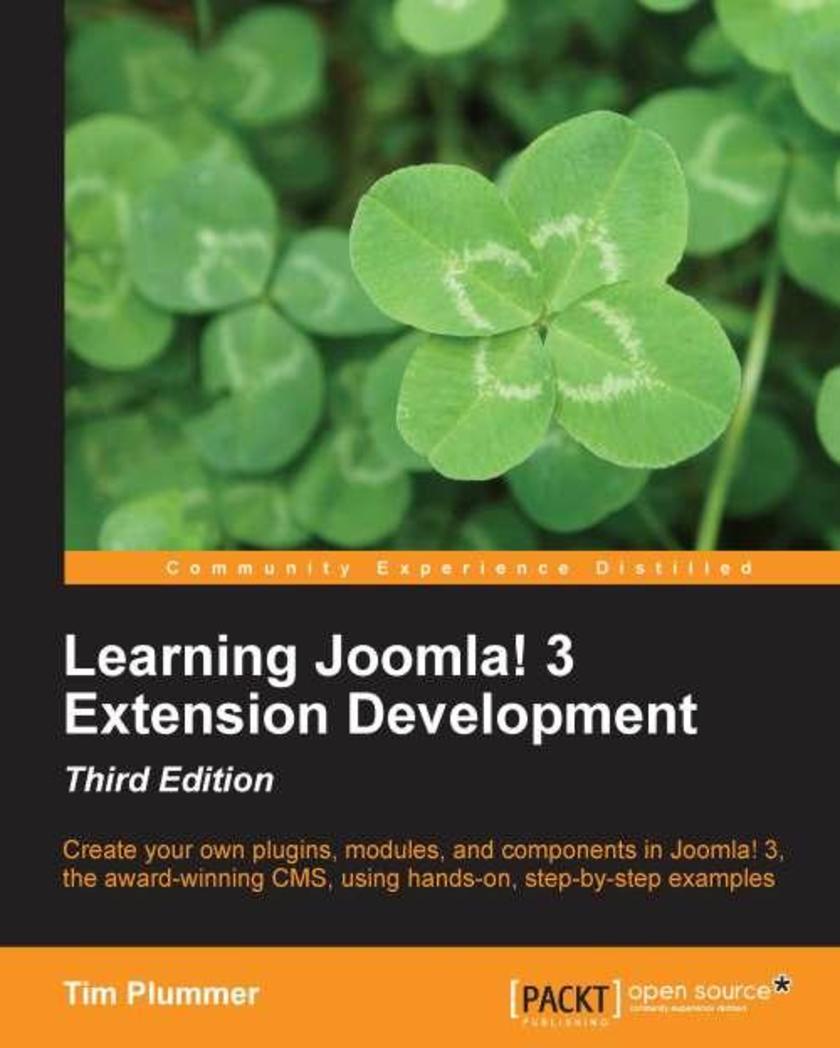
Learning Joomla! 3 Extension Development, Third Edition
¥99.18
A practical guide with step-by-step examples that build on each other so you can learn by doing and get hands-on knowledge about creating your plugins, modules, and components in Joomla."Learning Joomla! 3 Extension Development, Third Edition" is for developers who want to create their own Joomla extensions. It is assumed you will have some basic PHP, HTML, and CSS knowledge, but you don’t need any prior Joomla programming experience. This book will also be useful to people who just want to make minor customizations to existing Joomla extensions and build on the work of others in the open source spirit.
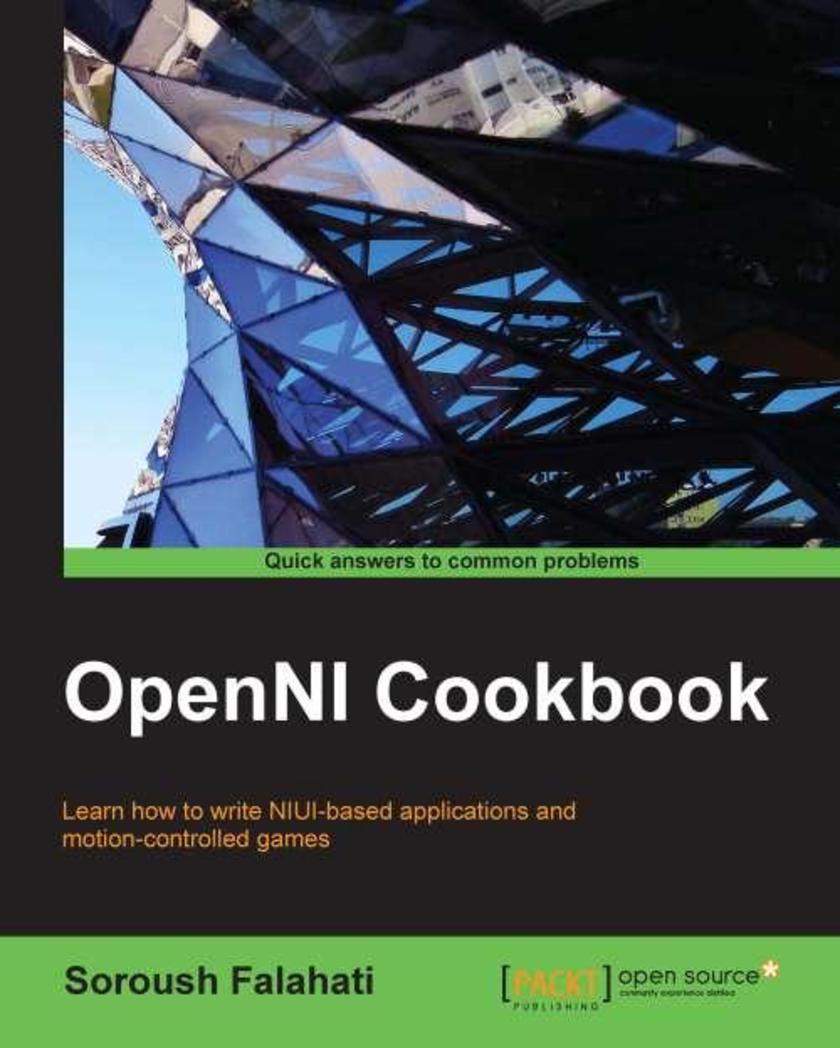
OpenNI Cookbook
¥80.65
This is a Cookbook with plenty of practical recipes enriched with explained code and relevant screenshots to ease your learning curve. If you are a beginner or a professional in NIUI and want to write serious applications or games, then this book is for you. Even OpenNI 1 and OpenNI 1.x programmers who want to move to new versions of OpenNI can use this book as a starting point. This book uses C++ as the primary language but there are some examples in C# and Java too, so you need to have about a basic working knowledge of C or C++ for most cases.

Microsoft BizTalk ESB Toolkit 2.1
¥45.77
A practical guide into the architecture and features that make up the services and components of the ESB Toolkit.This book is for experienced BizTalk developers, administrators, and architects, as well as IT managers and BizTalk business analysts. Knowledge and experience with the Toolkit is not a requirement.
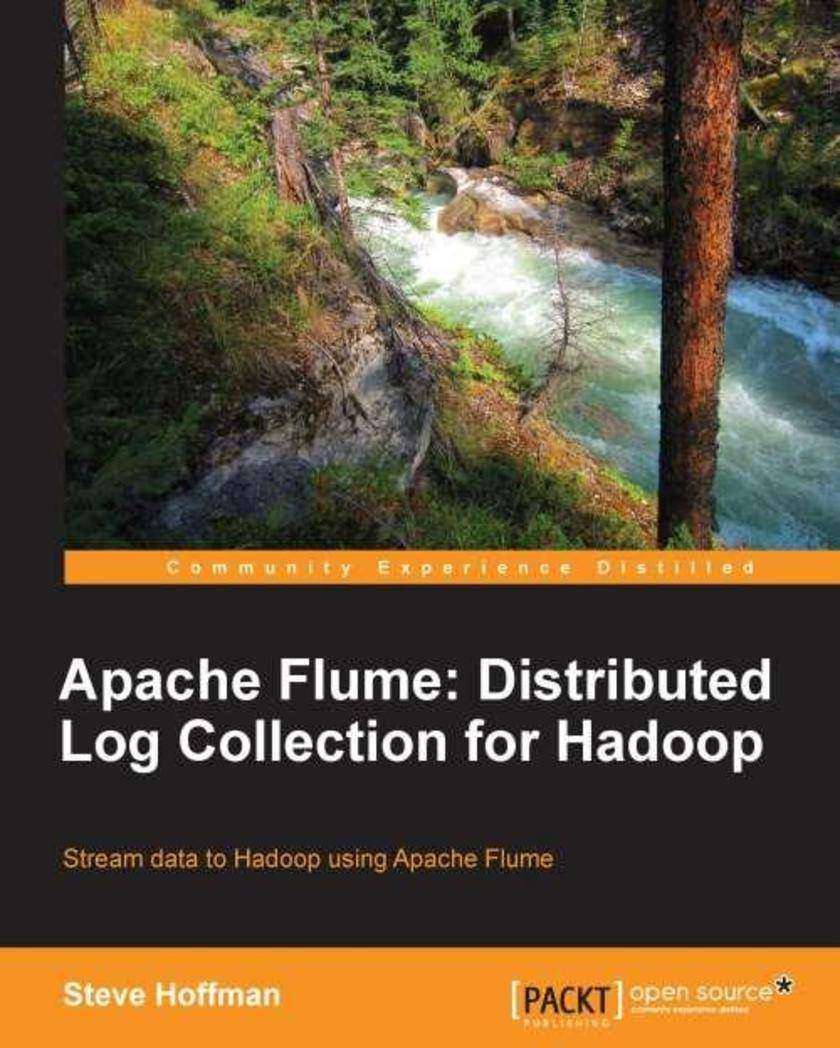
Apache Flume: Distributed Log Collection for Hadoop
¥66.48
A starter guide that covers Apache Flume in detail.Apache Flume: Distributed Log Collection for Hadoop is intended for people who are responsible for moving datasets into Hadoop in a timely and reliable manner like software engineers, database administrators, and data warehouse administrators
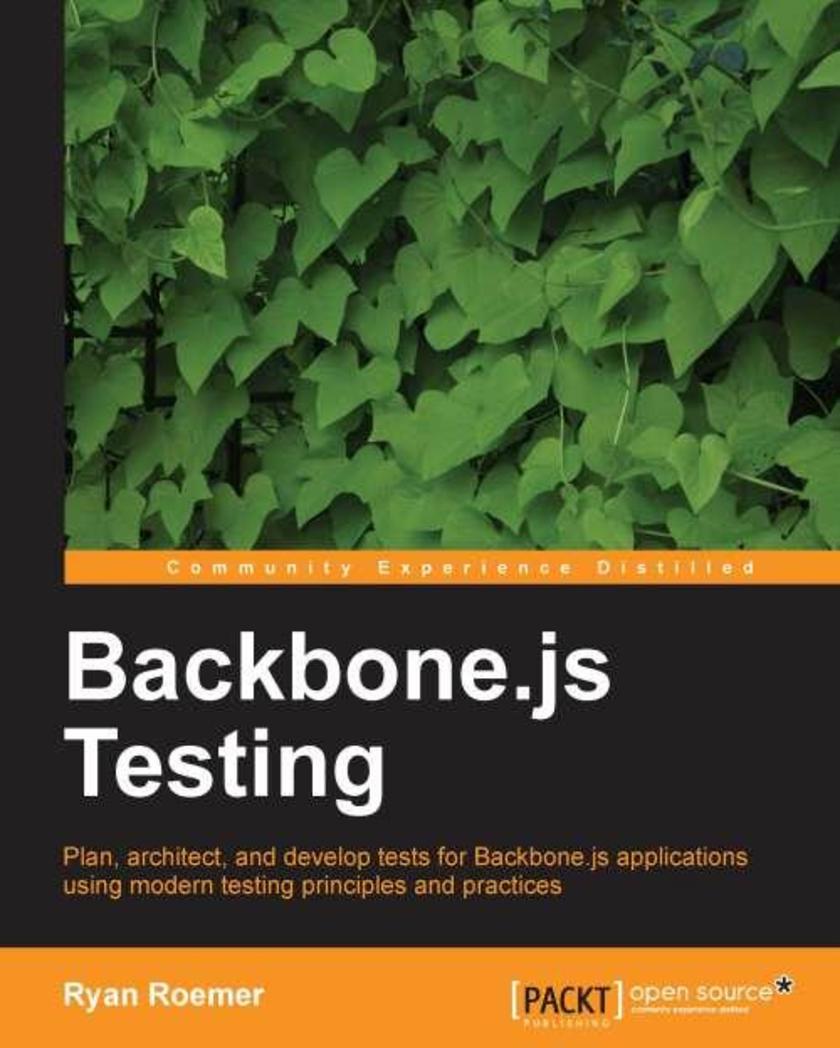
Backbone.js Testing
¥71.93
This book is packed with the step by step tutorial and instructions in recipe format helping you setup test infrastructure and gradually advance your skills to plan, develop, and test your backbone applications.If you are a JavaScript developer looking for recipes to create and implement test support for your backbone application, then this book is ideal for you.
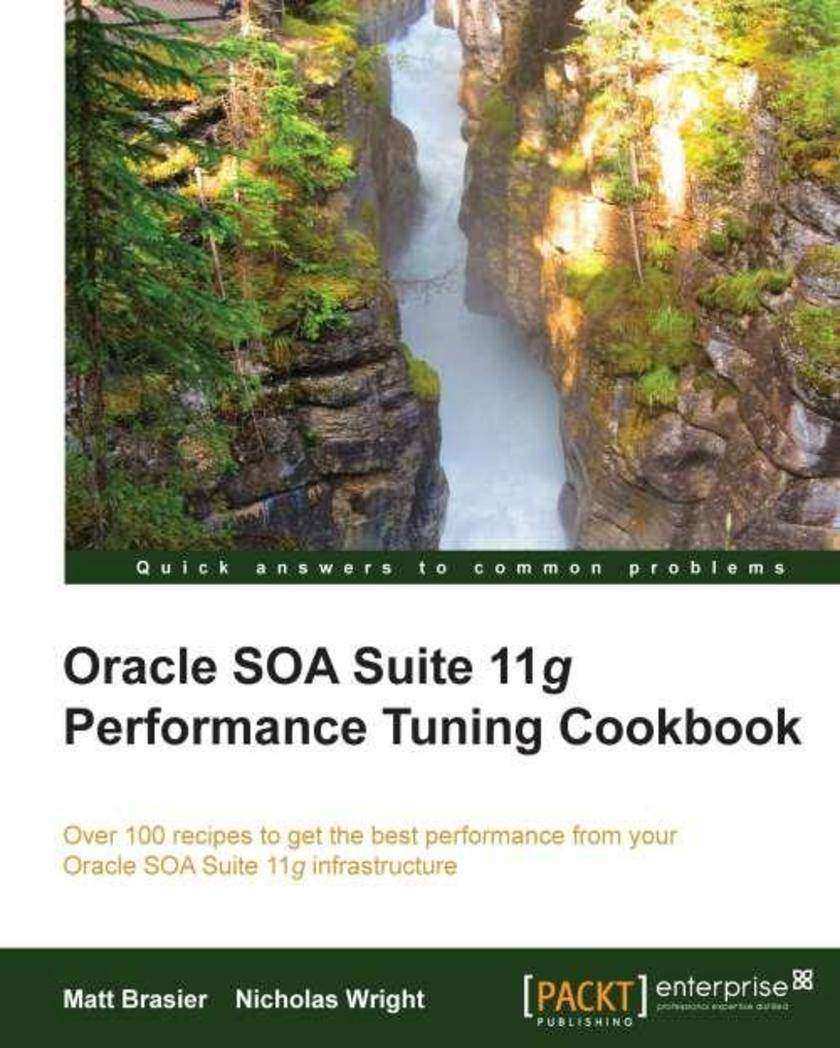
Oracle SOA Suite Performance Tuning Cookbook
¥99.18
This is a Cookbook with interesting, hands-on recipes, giving detailed de*ions and lots of practical walkthroughs for boosting the performance of your Oracle SOA Suite.This book is for Oracle SOA Suite 11g administrators, developers, and architects who want to understand how they can maximise the performance of their SOA Suite infrastructure. The recipes contain easy to follow step-by-step instructions and include many helpful and practical tips. It is suitable for anyone with basic operating system and application server administration experience.
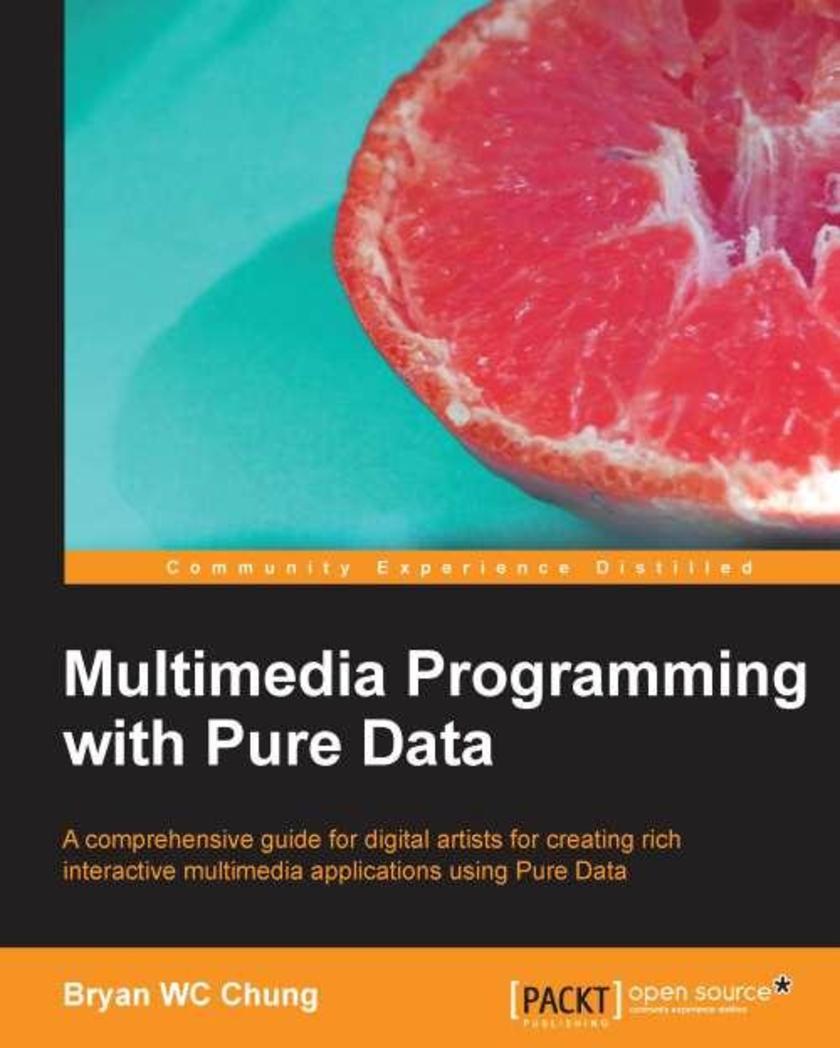
Multimedia Programming with Pure Data
¥80.65
A quick and comprehensive tutorial book for media designers to jump-start interactive multimedia production with computer graphics, digital audio, digital video, and interactivity, using the Pure Data graphical programming environment.An introductory book on multimedia programming for media artists/designers who like to work on interactivity in their projects, digital art/design students who like to learn the first multimedia programming technique, and audio-visual performers who like to customize their performance sets
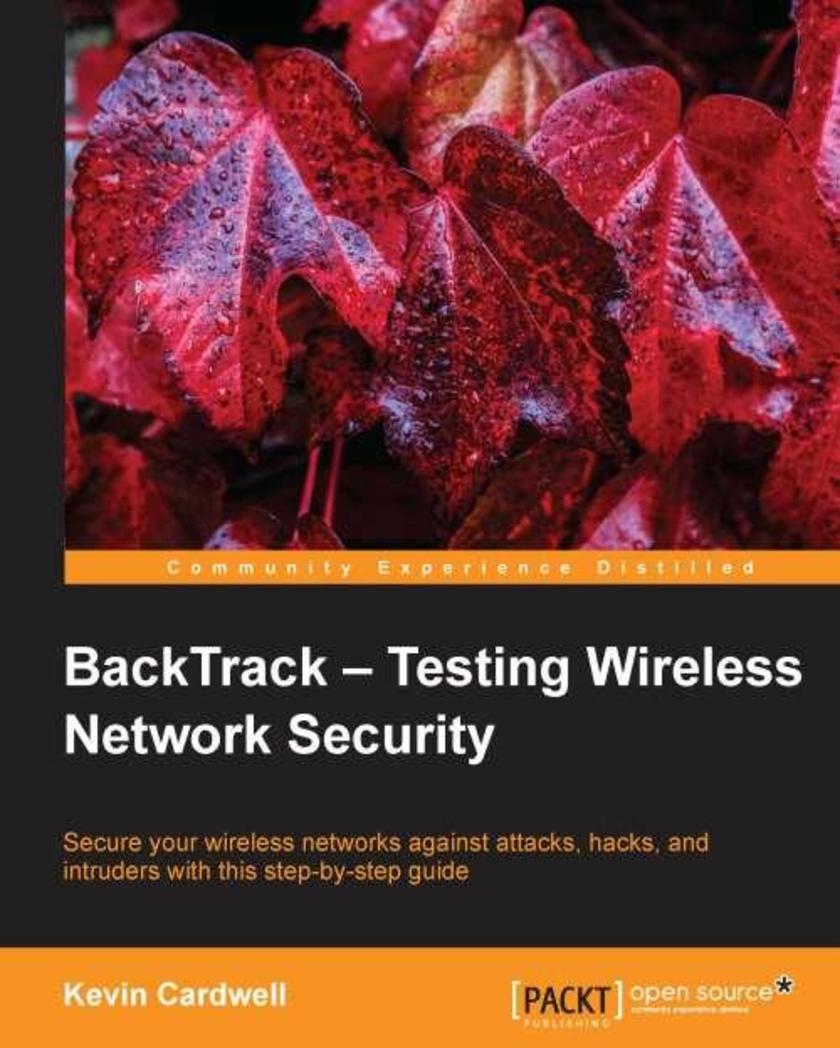
BackTrack – Testing Wireless Network Security
¥54.49
Written in an easy-to-follow step-by-step format, you will be able to get started in next to no time with minimal effort and zero fuss.BackTrack: Testing Wireless Network Security is for anyone who has an interest in security and who wants to know more about wireless networks.All you need is some experience with networks and computers and you will be ready to go.
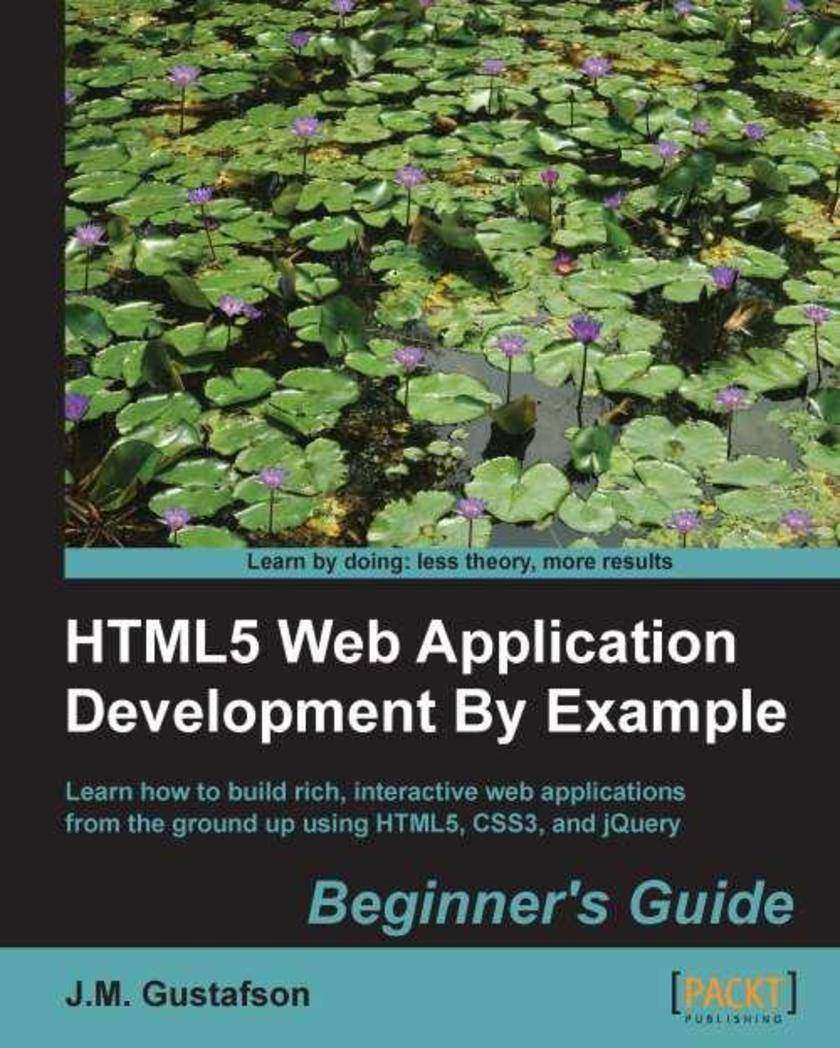
HTML5 Web Application Development By Example Beginner's guide
¥80.65
The best way to learn anything is by doing. The author uses a friendly tone and fun examples to ensure that you learn the basics of application development. Once you have read this book, you should have the necessary skills to build your own applications.If you have no experience but want to learn how to create applications in HTML5, this book is the only help you'll need. Using practical examples, HTML5 Web Application Development by Example will develop your knowledge and confidence in application development.
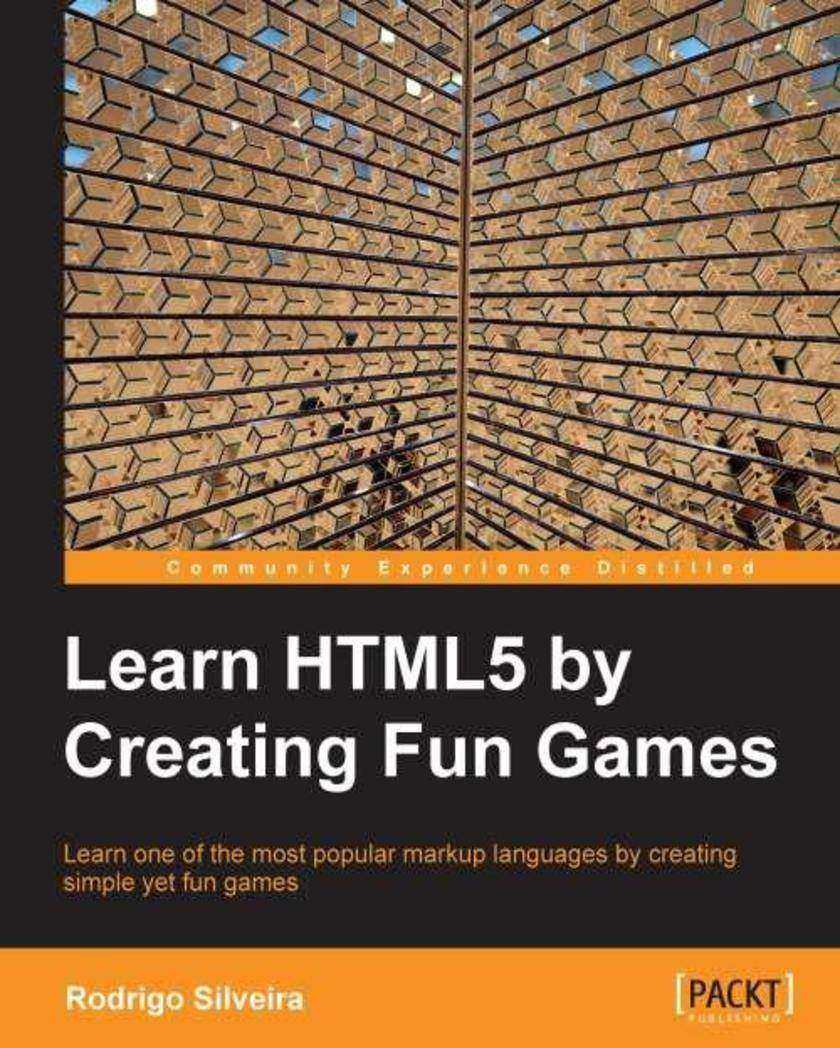
Learn HTML5 by Creating Fun Games
¥90.46
By teaching HTML5 by developing exciting games, the reader will see concrete applications for each of the concepts, and will also have a powerful deliverable at the end of each chapter – a fully functional game. We learn the various concepts using very abstract examples – how to model animals, foods, or fictitious machines. This makes learning and understanding a lot easier, and much more enjoyable.If you are are looking to get a good grounding in how to use the new awesome technology that is HTML5, this book is for you. Basic knowledge of HTML and/or HTML5 is welcome, but optional. The book is a friendly and exciting reference for beginners.
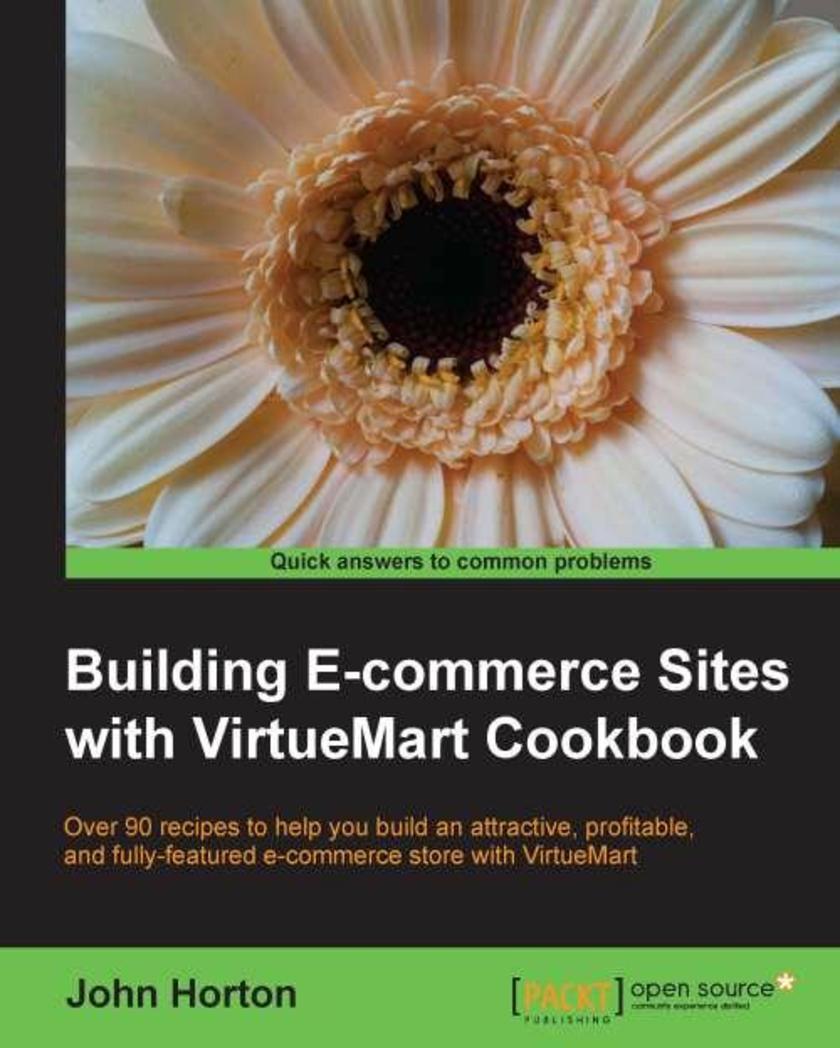
Building E-commerce Sites with VirtueMart Cookbook
¥90.46
Written in a friendly, recipe-based style, this practical cookbook will show you how to create, maintain and customize attractive eCommerce solutions with ease.This book is written for anyone who is interested in building eCommerce solutions with VirtueMart. If you have little to no experience with eCommerce this book will show you how to overcome any problem no matter how complex it appears. Experienced site builders and administrators will also find the solutions this cookbook offers useful. Basic HTML and CSS would be beneficial.
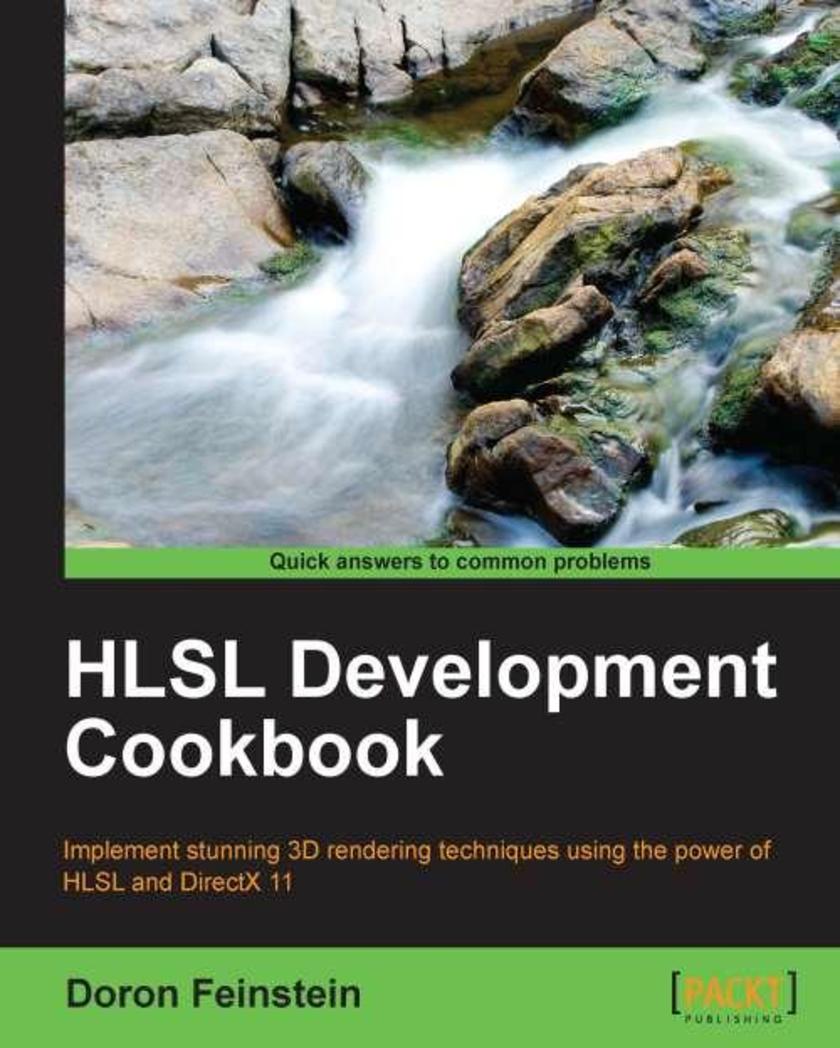
HLSL Development Cookbook
¥90.46
Written in an engaging yet practical manner, HLSL Development Cookbook allows you to pick the recipes you need as and when they are required.If you have some basic Direct3D knowledge and want to give your work some additional visual impact by utilizing advanced rendering techniques, then this book is for you. It is also ideal for those seeking to make the transition from DirectX 9 to DirectX 11, and those who want to implement powerful shaders with the High Level Shader Language (HLSL).
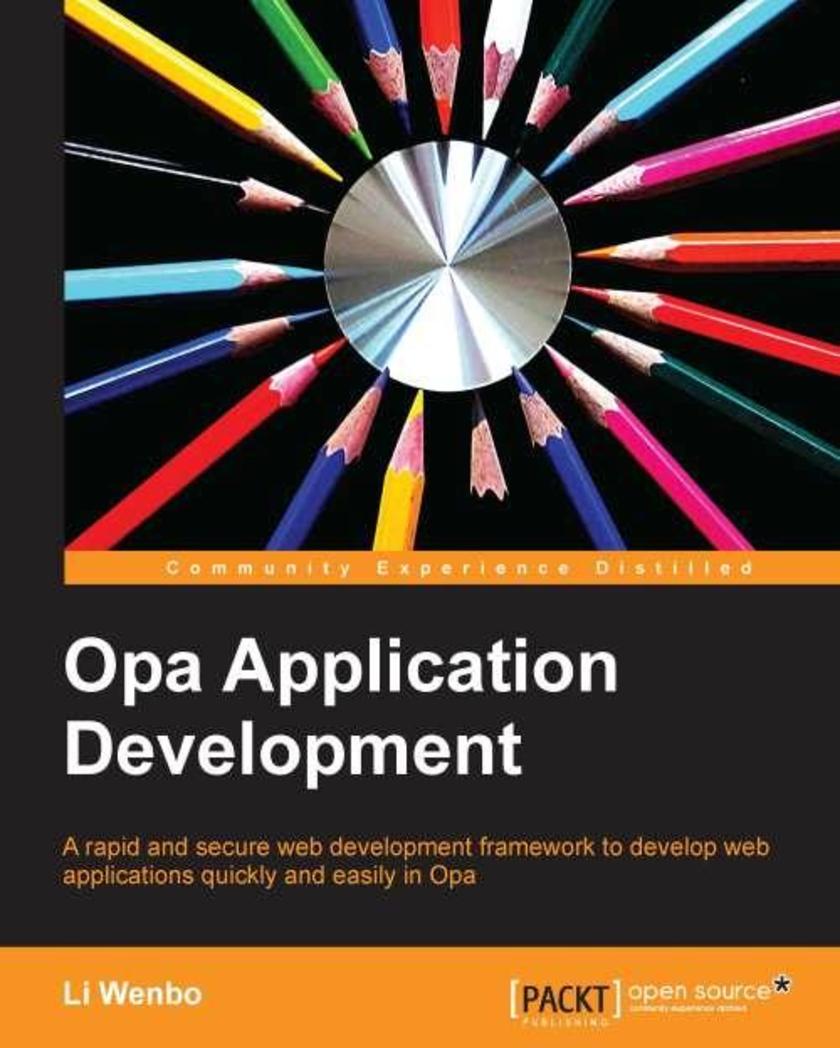
Opa Application Development
¥54.49
It is a tutorial guide to learning how to use Opa with JavaScript, Nodejs, and MongoDB to develop web applications easily and effectively.If you are a web developer who wants to get started with the Opa framework and build web applications with itThen this book is for you. Web development experience is assumed and would be helpful.
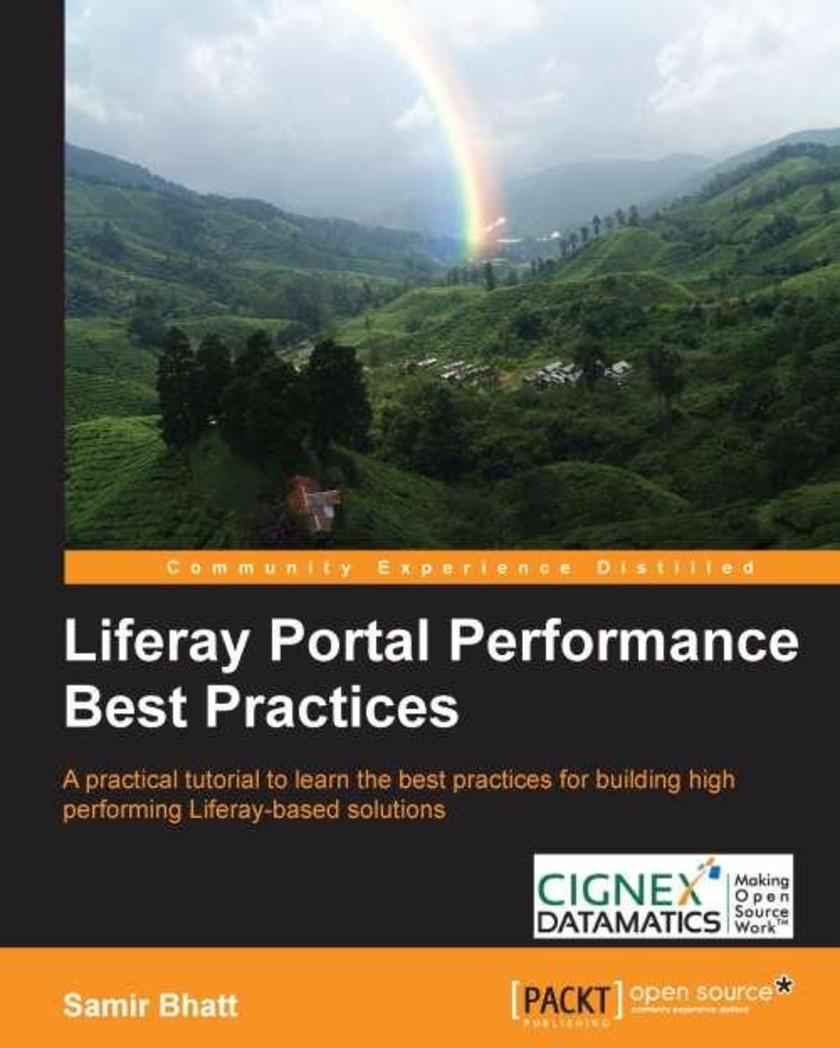
Liferay Portal Performance Best Practices
¥63.21
A step-by-step tutorial on implementing Liferay- based portals to learn performance best practices.The book is good for Liferay portal developers and architects who want to learn performance best practices for implementing Liferay- based solutions. It is assumed that you have a working knowledge of the Liferay portal.
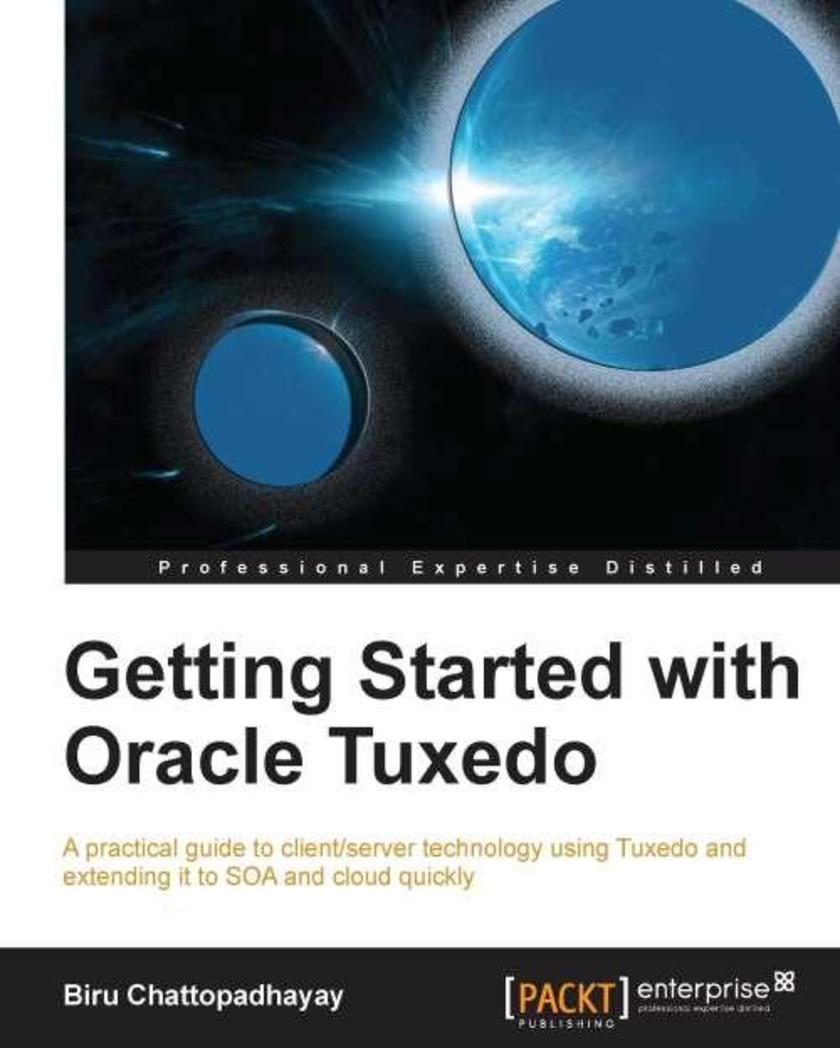
Getting Started with Oracle Tuxedo
¥63.21
This book is packed with real world examples that cover the design and discipline of the software and service of CRMOD. If you are an architect, designer, developer or administrator looking for a quick reference guide on how to build a Tuxedo application, then this is the best guide for you. This book also helps business users to understand this technology, various features, and functionalities and relate business benefits. No prior knowledge of Tuxedo is required.
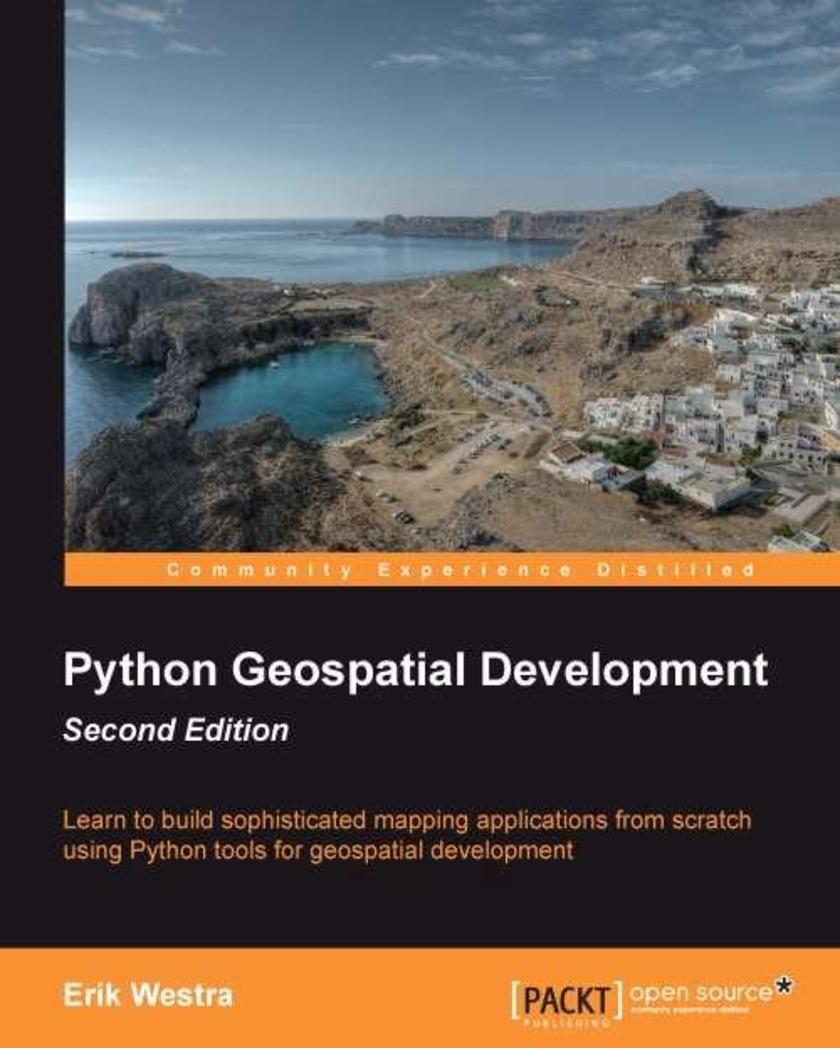
Python Geospatial Development, Second Edition
¥90.46
This is a tutorial style book that will teach usage of Python tools for GIS using simple practical examples and then show you how to build a complete mapping application from scratch. The book assumes basic knowledge of Python. No knowledge of Open Source GIS is required.Experienced Python developers who want to learn about geospatial concepts, work with geospatial data, solve spatial problems, and build map-based applications.This book will be useful those who want to get up to speed with Open Source GIS in order to build GIS applications or integrate Geo-Spatial features into their existing applications.
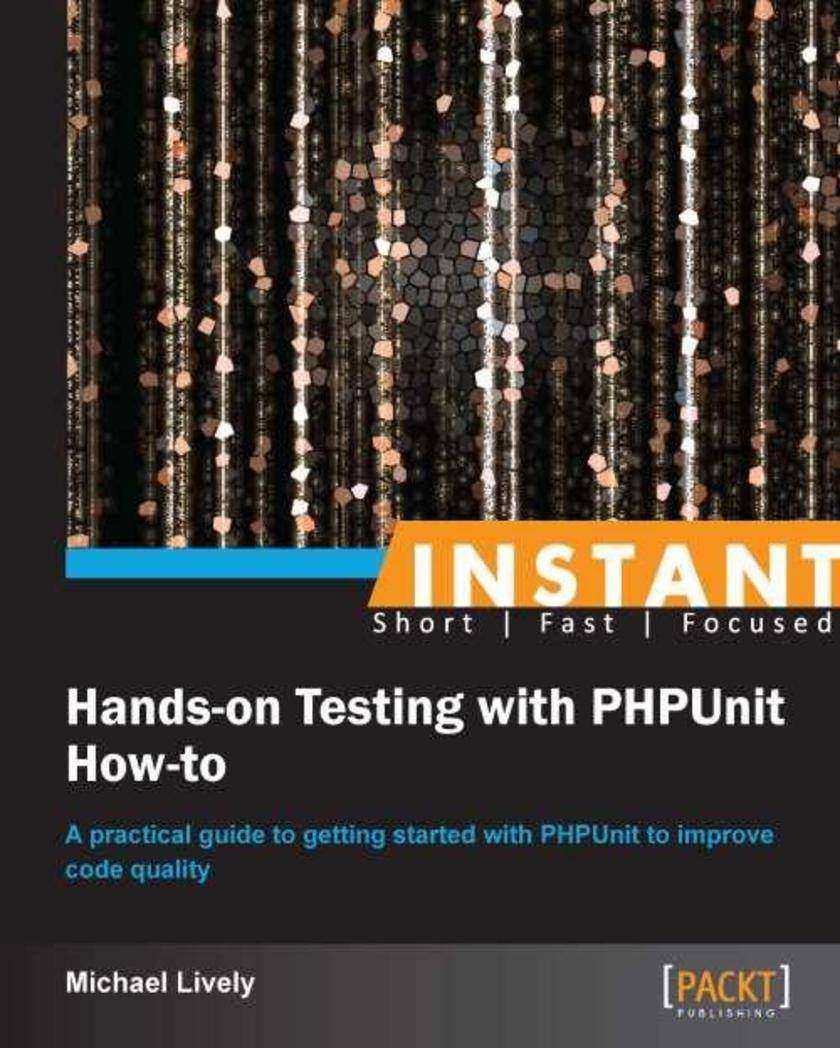
Instant Hands-on Testing with PHPUnit How-to
¥45.77
Filled with practical, step-by-step instructions and clear explanations for the most important and useful tasks. This is a Packt Instant How-to guide, which provides concise and clear recipes for getting started with PHPUnit for performing code testing and improving code quality."Instant Hands-on Testing with PHPUnit How-to" is for PHP developers that have an appreciation for writing accurate code. If you are new to PHPUnit, it will give you a solid foundation for understanding how to use PHPUnit to write tests for your projects. If you already have a cursory understanding of PHPUnit it will whet your appetite for some of the more difficult-to-understand concepts in PHPUnit.
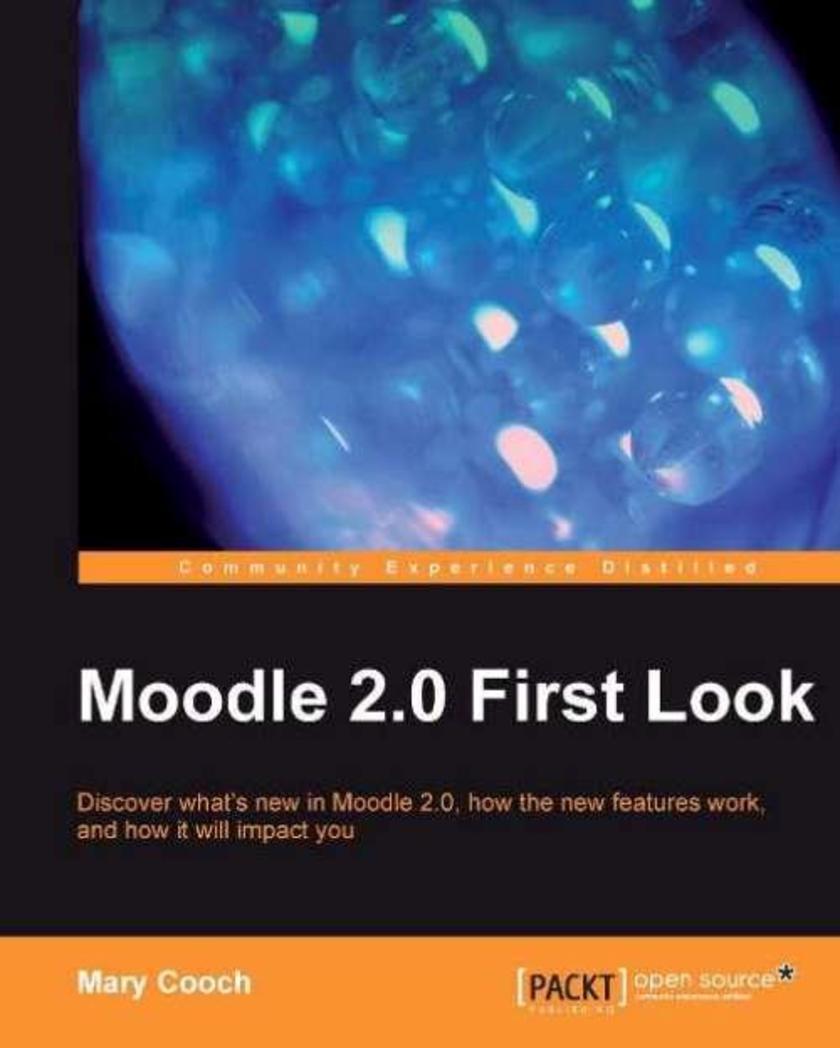
Moodle 2.0 First Look
¥71.93
The book looks at the main functional areas of Moodle that have significant new features, explains the new features and how to use them. It draws attention to significant differences from how things used to behave, and gives the reader an idea of the kind of consequences these changes will bring to them. If you are an existing Moodle user, tutor, or administrator, then this book is for you. You are expected to be familiar with the operation of Moodle.
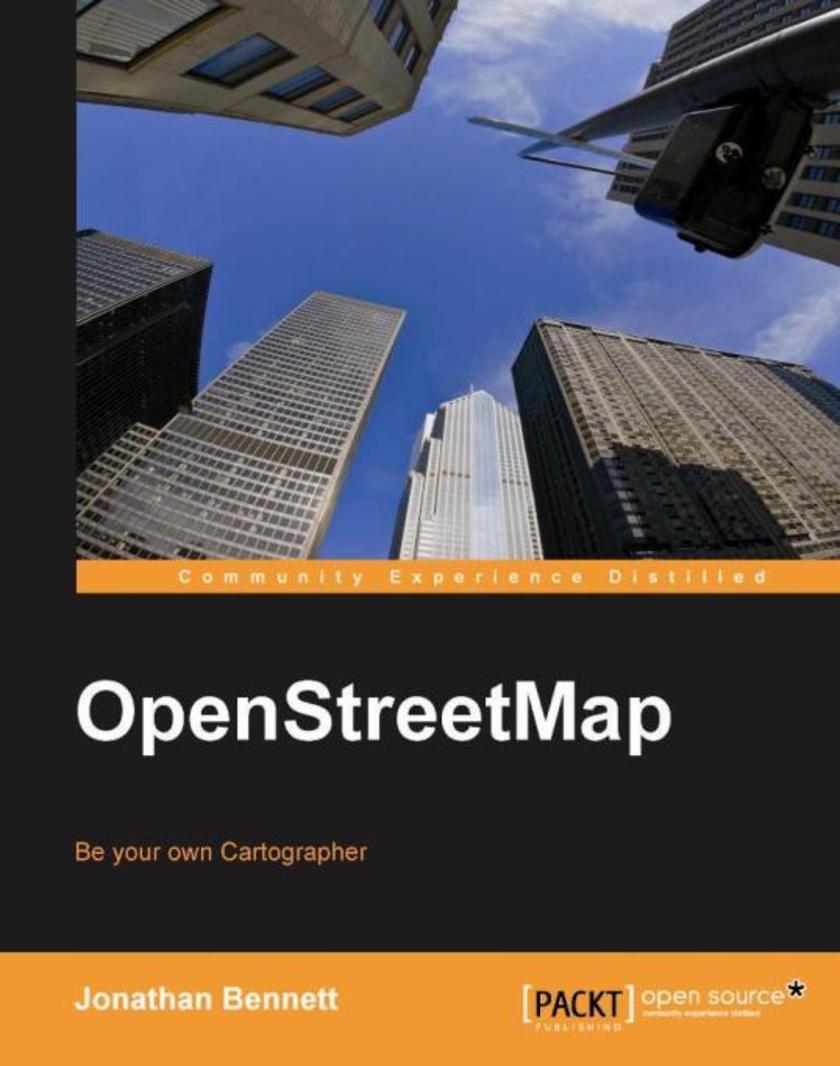
OpenStreetMap
¥71.93
This book introduces the OSM project, its aims and objectives, and its history, then guides you through the process of gathering, editing, and using OpenStreetMap data using a series of real-world examples. This book is the perfect aid for geographic-information professionals interested in using OpenStreetMap in their work and web designers and developers who want to include mapping in their sites, and want a distinctive style. It is for you if you have a need to use maps and geographic data for work or leisure, and want accurate, up-to-date maps showing the information you're interested in, without details you don't need. If you want to use maps for navigation and want more or less detail than traditional printed maps give this book is perfect for you.
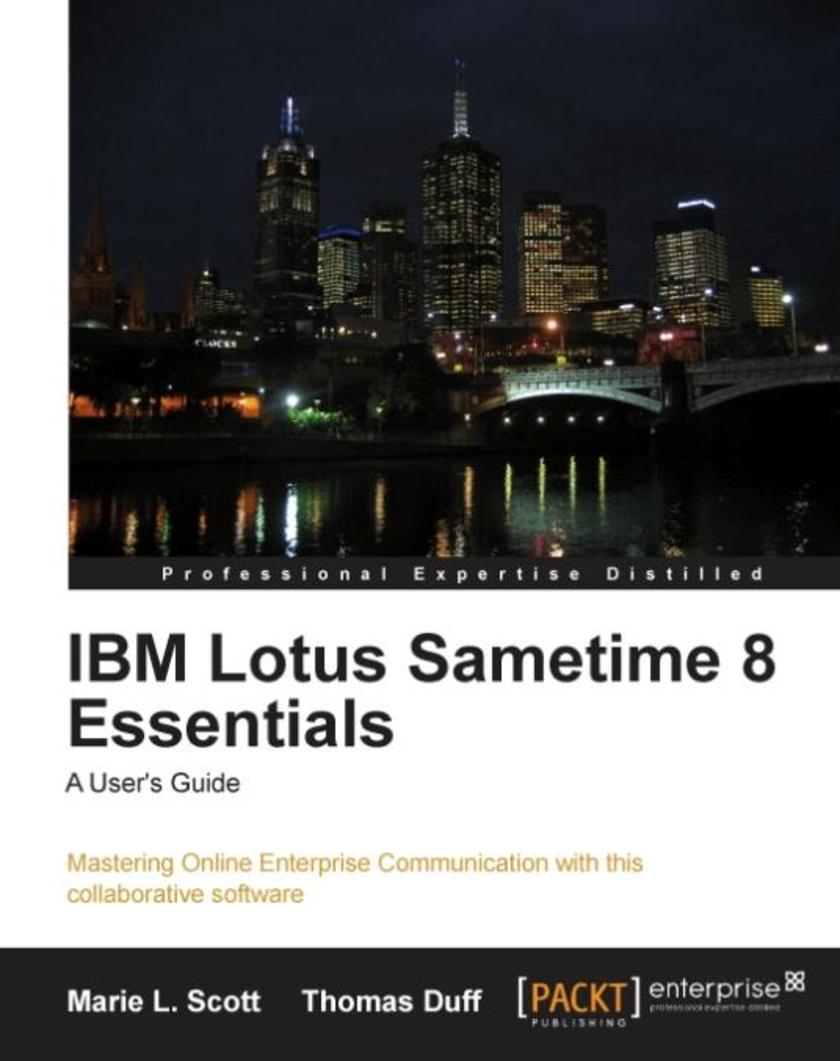
IBM Lotus Sametime 8 Essentials: A User's Guide
¥80.65
As a user, you will learn, using real-world scenarios and tasks, exactly how to use all the features of Sametime. Beginning with how to install Sametime, we've included step-by-step de*ions and screen prints for each topic area in a clear easy-to-follow format. Each chapter builds on what you learn in earlier chapters and guides you into using the more advanced features of Sametime, but if you only want to develop your skills in one particular area, each chapter acts as a stand-alone module. If you want to learn how to use IBM Lotus Sametime, then this book is for you. No matter if you're new to Sametime or want to become a Sametime power user, this book contains something for you. The focus is on using Sametime as a user and does not include information about development or administration of a Sametime environment; but any user of Sametime in an organization will be able to take this book, sit down at their computer, and learn how to use each feature of Sametime from start to finish.
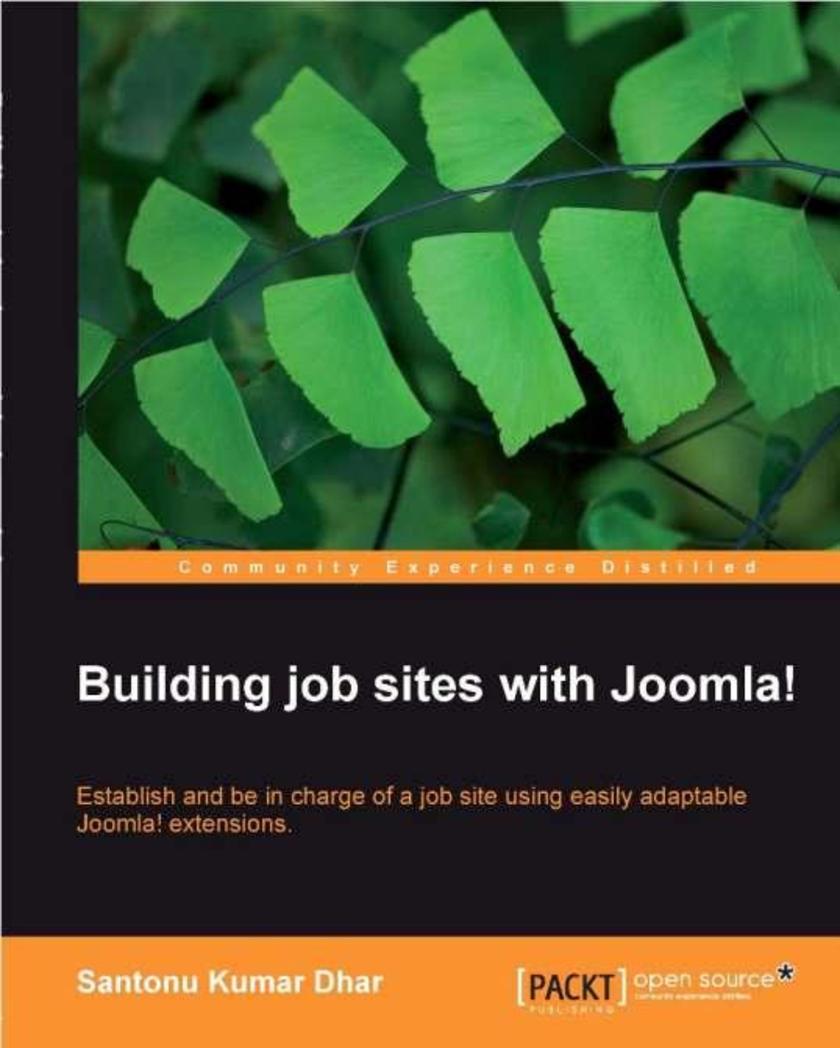
Building job sites with Joomla!
¥71.93
This will be a step-by-step tutorial - a workbook with practical approach. The book starts by looking at the important features that make a professional job site: adding and managing jobs, jobseekers and employers, providing online recruitment services, selling credits and managing credit system, SEO to drive huge traffic to your job site, and so on. This book includes a lot of screenshots which not only illustrate tasks but also create a visual impact. This book contains overall necessary information that is important for the understanding of job site development. If you are looking for building and managing a job site using Joomla! extensions then this book is for you. Prior knowledge of using extensions is not expected but Joomla! basics will be required.




 购物车
购物车 个人中心
个人中心



